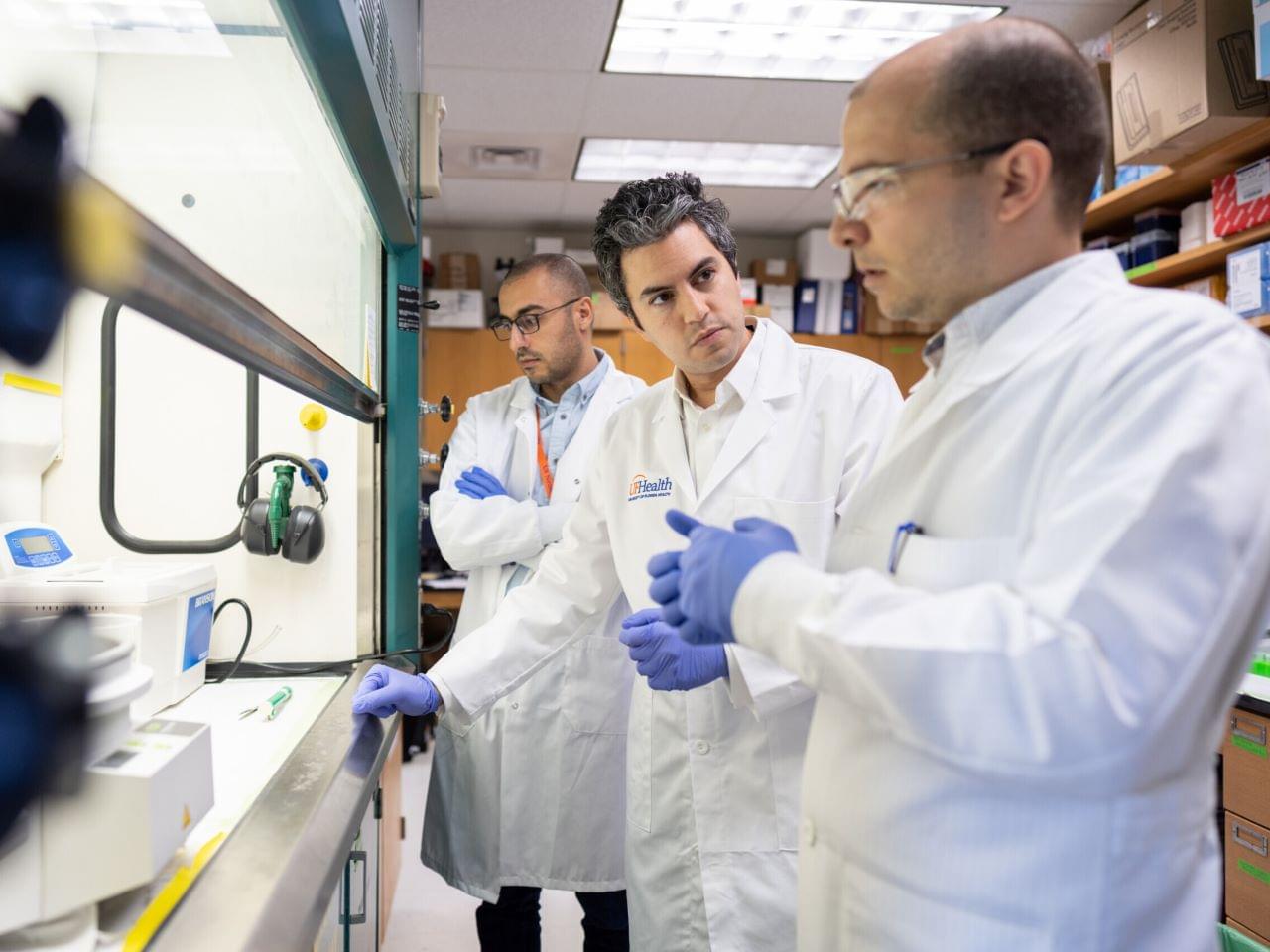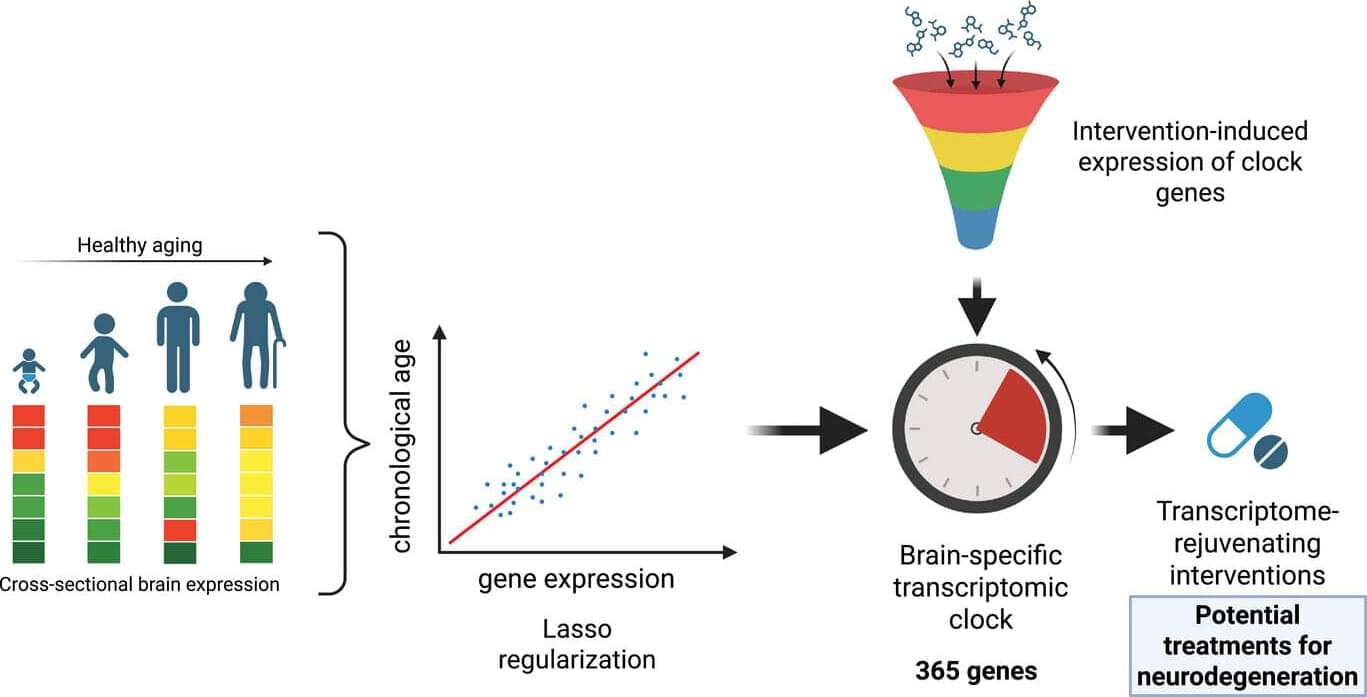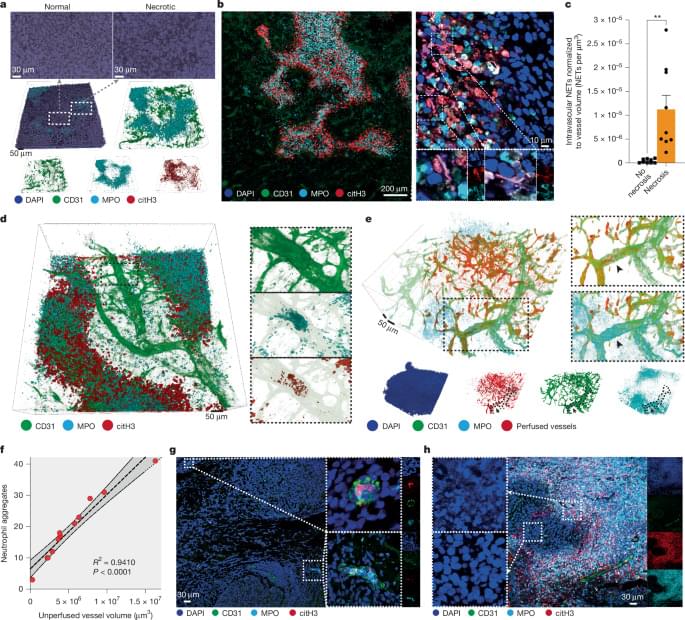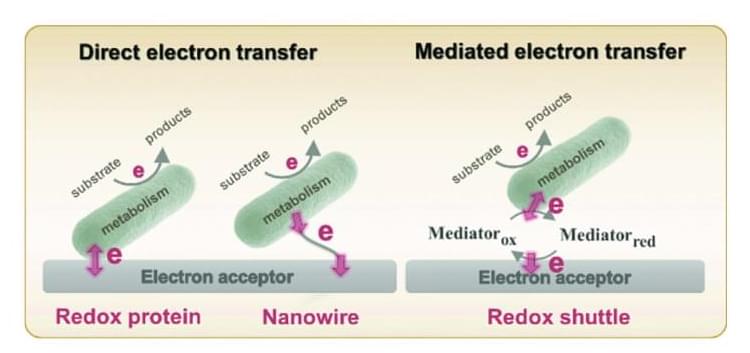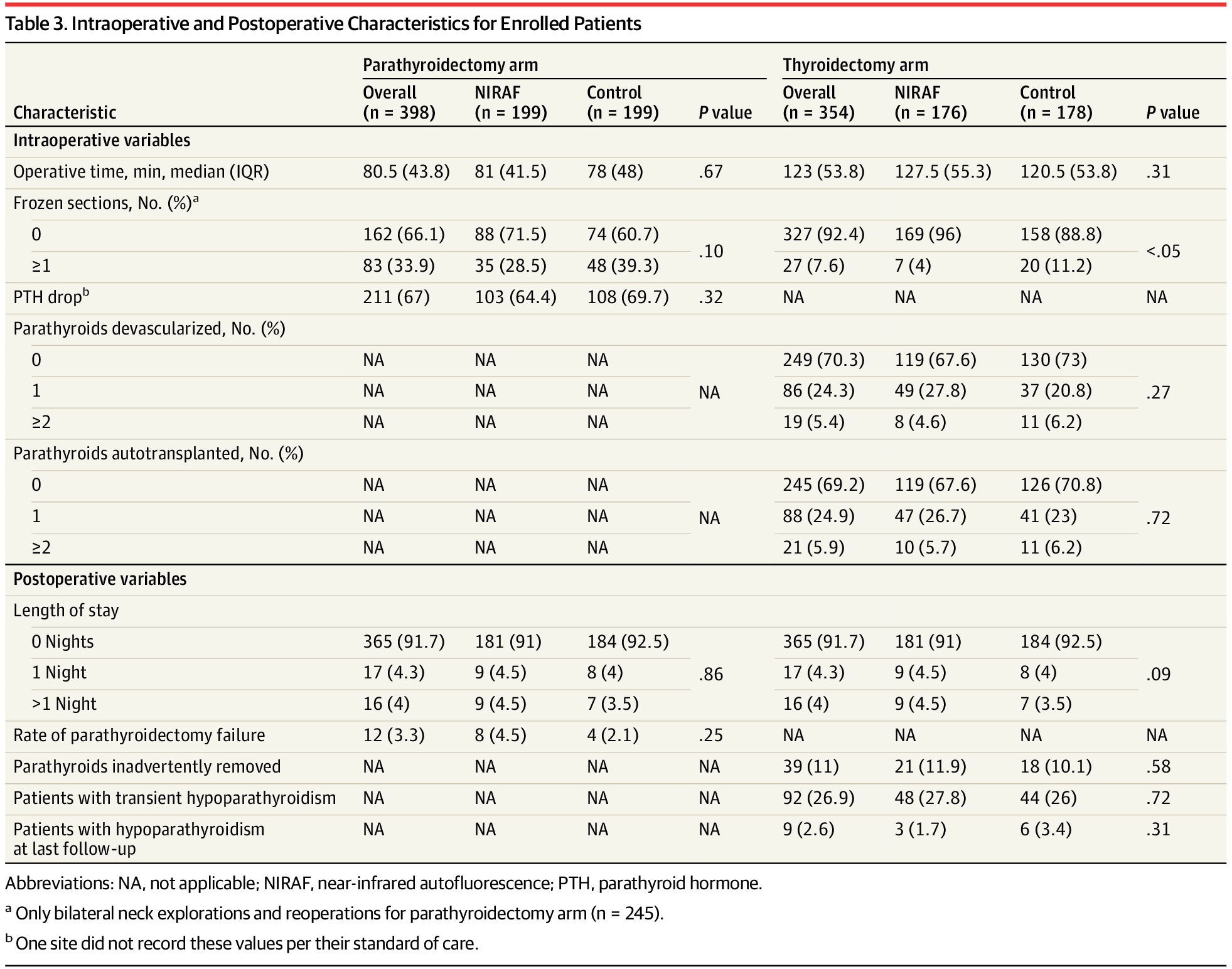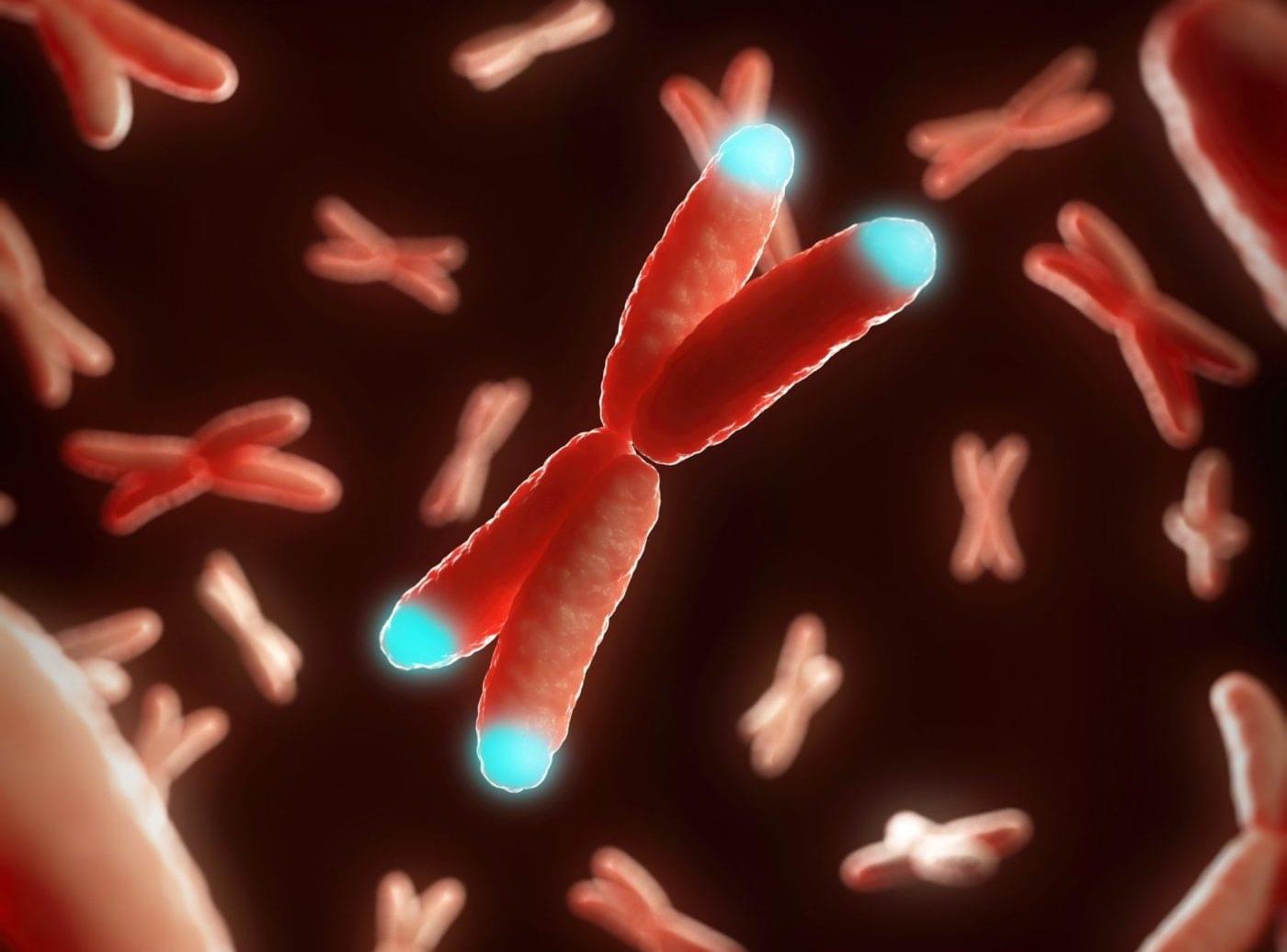What if there was a way to make aging brain cells younger again? An international research team from Spain and Luxembourg recently set out to address this question. After developing an aging clock capable of assessing the biological age of the brain, they used it to identify possible brain-rejuvenating interventions. The computational tool they created, recently presented in the journal Advanced Science, constitutes a valuable resource to find compounds with therapeutic potential for neurodegenerative diseases.
As the world population is aging rapidly, with over two billion people projected to be above the age of 60 by 2050, age-related brain disorders are on the rise. Living longer but in poor health is not only a daunting prospect, it also places a substantial burden on health care systems worldwide. The idea of being able to counteract the functional decline of our brain through rejuvenating interventions therefore sounds promising.
The question is, how can we identify compounds that have the potential to efficiently rejuvenate brain cells and to protect the aging population from neurodegeneration? Prof. Antonio Del Sol and his teams of computational biologists, based both at CIC bioGUNE, member of BRTA, and the Luxembourg Centre for Systems Biomedicine (LCSB) from the University of Luxembourg, used their machine learning expertise to tackle the challenge.

